Why I Think The Return of King Seiko Misses The Mark
Seiko had a perfect opportunity to knock the new King Seiko out of the park, but didn't.
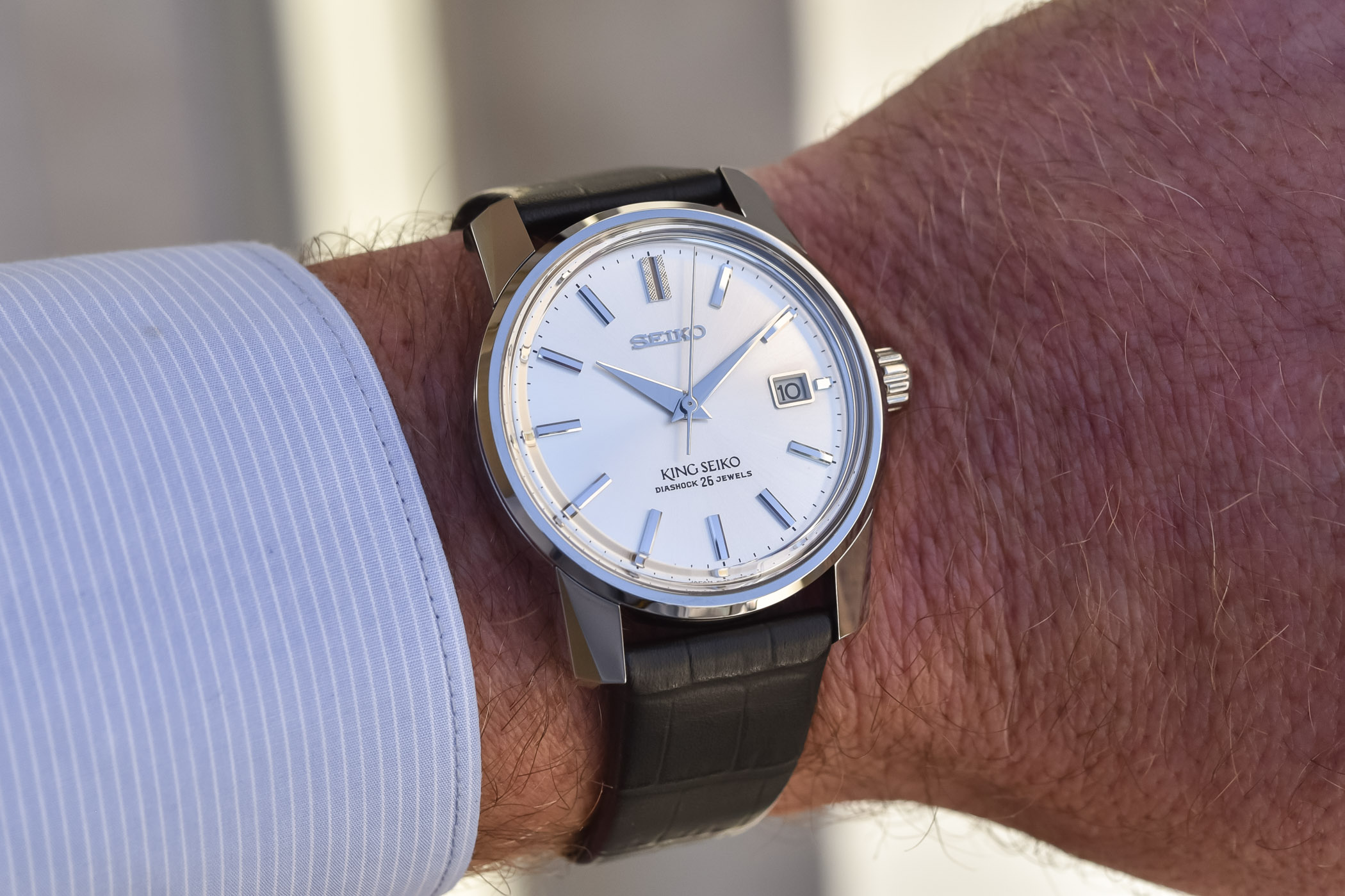
I know, I know. It’s all too easy to talk down on a watch and list all its possible shortcomings instead of looking at the upside of things. But, being in this business for quite some years now and having a ton of watches go through my hands, one creates an opinion rather quickly. Sometimes we’re proven wrong, sometimes we’re proving right, and sometimes opinions will change for various reasons. It happens to all of us, I’m sure. And although I am not normally one to rant about a watch being bad, I have some issues with the return of King Seiko as a permanent collection. To me, having handled every single one of them since it made its comeback early in 2022, a few things need to be said about it.

Opinions are biased, and that’s no different here. It is my personal take as a journalist, enthusiast and collector on what I have perceived with my own eyes and felt with my own hands. So even though I couldn’t resist the urge of venting, if you don’t agree with me that is perfectly fine! In fact, I welcome you to share your thoughts in the comment section below this very article as I am curious how others feel about the King Seiko models we’ve seen so far.
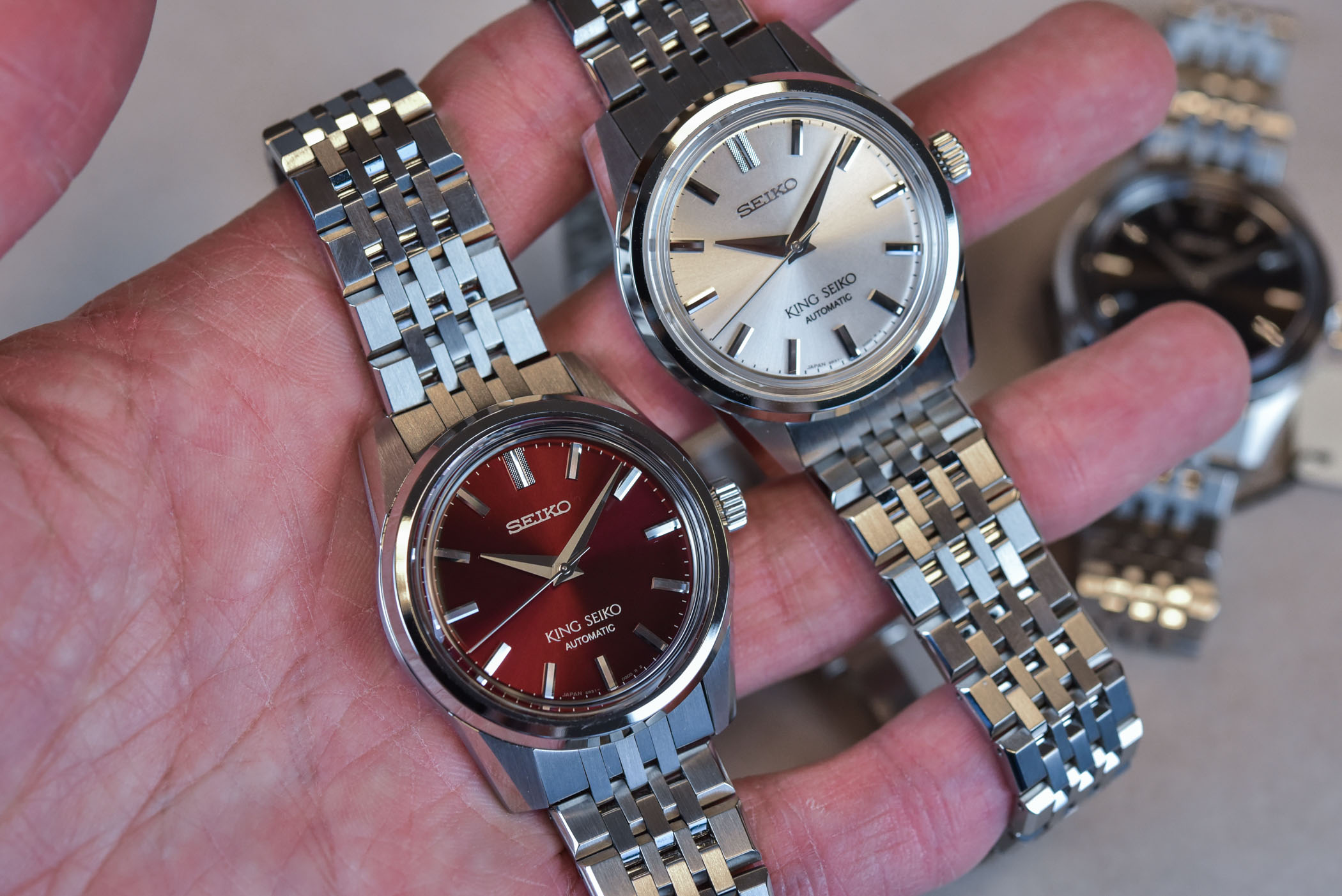
A brief history of King Seiko
It is a well-documented fact King Seiko was once the direct result of an internal rivalry between Seiko’s Suwa Seikosha and Daini Seikosha production facilities. By 1960, the Suwa Seikosha facility was producing the Grand Seiko watches, a more high-end watch produced to rival the Swiss and European watch industry. A year later the Daini Seikosha facility responded with its own take on a more advanced, precise and luxurious Seiko. This was named King Seiko, and it marked the start of a fierce yet productive internal rivalry, pushing Japanese watchmaking to new heights.

Over the first few years of Grand Seiko and King Seiko existing in parallel, it lead to some very impressive watches. In fact, the high-beat watches made by both Grand Seiko and King Seiko performed admirably during the 1964 and 1967 Neuchatel Observatory Competitions. In the end though, only one could move forward and a decision had to be made. The King Seiko name was laid to rest.
That is until 2021 when Seiko surprised us all with the handsome King Seiko KSK SJE083, a re-edition of perhaps King Seiko’s best know watch from the mid-1960s, the 1965 KSK 44-9990. It would be the start of a process that lead to the return of the King Seiko name as a permanent collection. A collection that, although looks very good in the flesh, unintentionally produced some issues for me.
Positioning
As one of the biggest and most relentless watchmaking companies in the world, Seiko’s massive portfolio is spread as wide as it is spread deep. And this comes with its own challenges. For most people, not as deep down into the rabbit hole as we are, it is hard to comprehend the entire range of watches. You go from watches that can cost as little as 200 to 300 euros, all the way to hundreds of thousands for the most complicated ones, all bearing the same name. Sure, the high-end watches are presented under the Grand Seiko brand but to the vast majority, it still reads “Seiko”. And now King Seiko is thrown into the mix.
And in part, that is one of the things I struggle with regarding the return of the King Seiko collection; its positioning. If you go back to the history of King Seiko, and with that Grand Seiko as well, the two were once direct competitors under the Seiko corporation. King Seiko was Daini Seikosha’s answer to the high-end Grand Seiko. Seiko themselves even communicate this original story with the relaunch of King Seiko. I can fully understand that you cannot pit King Seiko directly opposite to Grand Seiko in today’s day and age, but the main complaint I have is the fact that it reduces the King Seiko legacy down to a simple name. The new King Seiko collection retails just under EUR 2.000 and that puts it up against some stiff competition, even from Seiko’s own portfolio. That just dilutes Seiko’s range of collections even further.
Date or No-Date
I am well aware of the fact the date, or lack of a date, in a watch almost always splits the public down the middle. You either want one, or you don’t. In the case of the return of King Seiko, and the fact it is based on the 1965 King Seiko KSK, the date really makes no sense to me. On one end you have the alleged faithful one-one re-editions, the SJE083 (silver dial) and the SJE087 (champagne dial). Both of these limited editions include a date indication, where the 1965 King Seiko 44-9990 it is based on, did not.
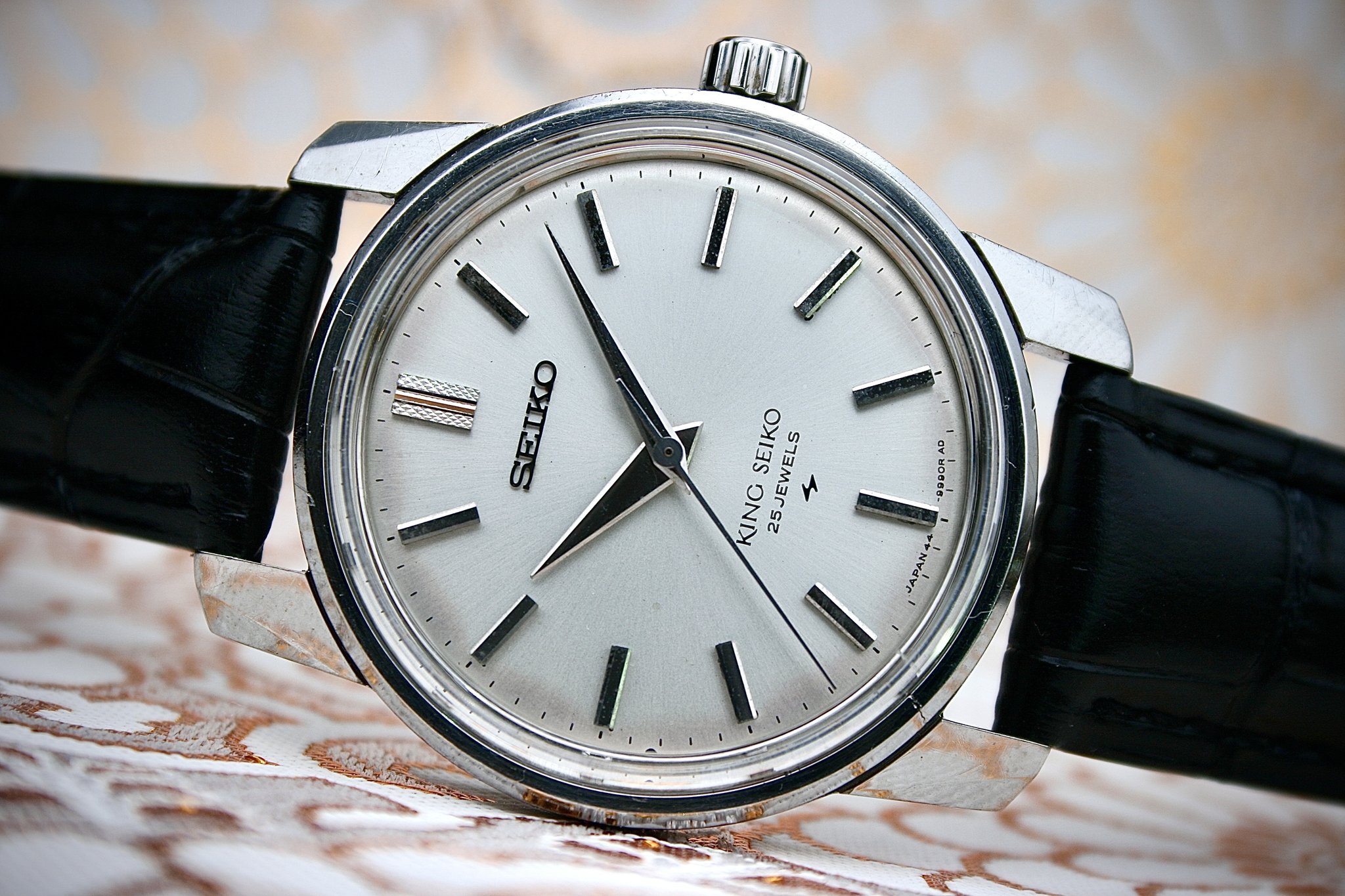
And to make matters worse, when Seiko debuted the permanent King Seiko collection earlier this year, they left out the date again. So in fact, the “basic” King Seiko SPB279 (the one with the silver sunray-brushed dial) comes closer to the 1965 KSK than last year’s limited edition did. Admittedly, there are more differences between the standard models and the limited editions, such as the medallion that adorns the caseback, but the date indication is something you see every time you wear the watch. It would have made so much more sense if it would have been the other way around, really. Present the limited editions as close to the original as possible, and allow yourself a little more creative freedom with the permanent collection. Simple as that.
Mechanical accuracy
I once again refer to the origin story of King Seiko. Back in the day, it was a watch created with accuracy in mind. After all, it was meant to rival Grand Seiko, which in turn was a more advanced, precise and luxurious alternative to Seiko watches of that era. So why is it that with the much-awaited return of King Seiko we get a movement accurate to +25 / -15 seconds per day? Doesn’t that go directly against the very nature of King Seiko’s lineage? It’s not the fact the Seiko 6R31 used in the King Seiko collection is a bad movement, but if you are to capture the true spirit of King Seiko it simply doesn’t cut it. The 6L35 used in the SJE083 and SJE087 isn’t exactly the most precise one either, but at least it is a step closer to what I expected to see.
is it all bad though?
Frankly, no it isn’t. Whether we’re talking about the limited edition SJE083 or the models introduced into the permanent collection, they look rather good! The design captures the spirit of the original 1965 KSK watch, and I can even say I like the more funky colours for the dial we’ve seen recently. That lavender-purple gradient dial SPB291 I’ve covered is just cool. But it’s the details that matter to me, and the issues I discussed bother me every time King Seiko comes up.
Seiko could have easily avoided this way before even releasing it as a regularly available collection. Remember, we’re talking about a big corporation here and everything is planned months if not years ahead. What would have made a lot more sense is to create accurate one-to-one re-editions of the original King Seiko. Same design, no date function, and a movement that does justice to the legacy. Present these as limited editions, and play around with colour only. Next to that, the permanent King Seiko range would be perfectly suited for a bit more creative freedom. Indications, colours, textures, etc. But again with a movement that serves the King Seiko name right.
That would have resulted in a slightly higher price for the regular models I’m sure, but it would immediately resolve the positioning of the collection. It would have been right in the middle between Grand Seiko and Seiko (for the most part). It would make much more sense from a historical perspective and it would have done more right to the King Seiko name.
For more information, please visit SeikoWatches.com

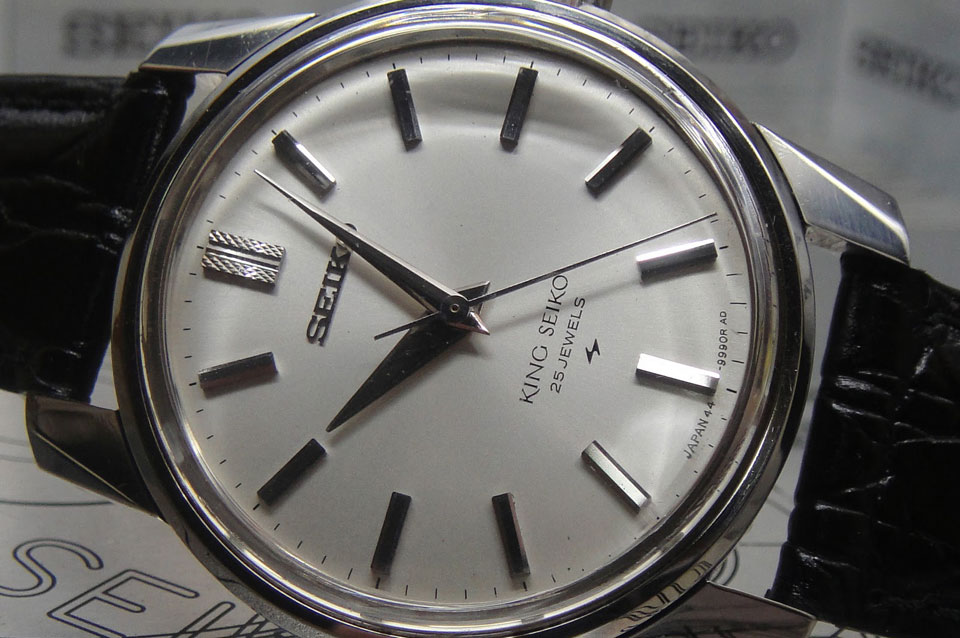
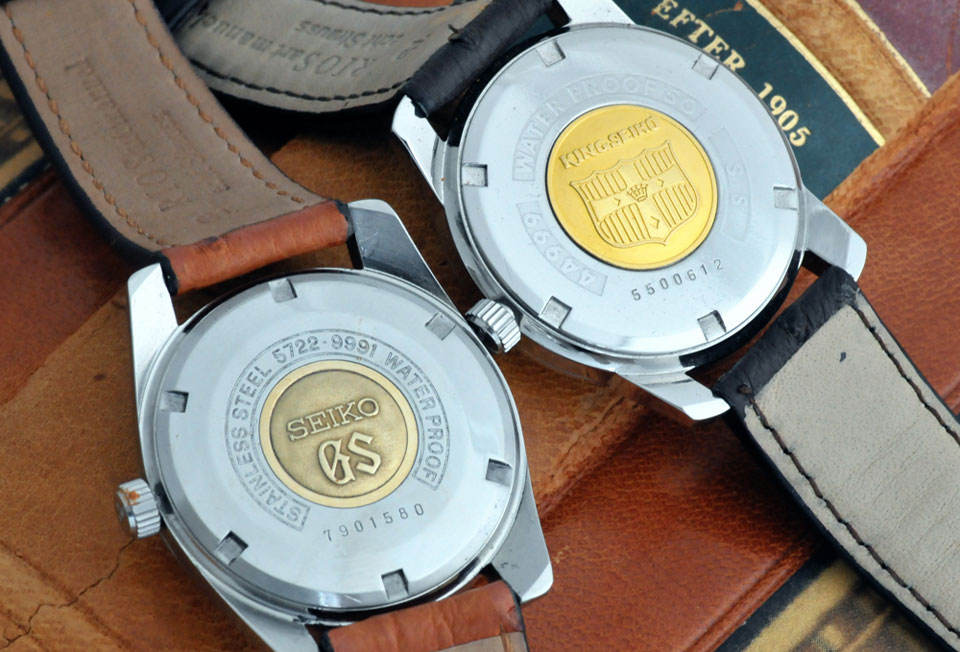

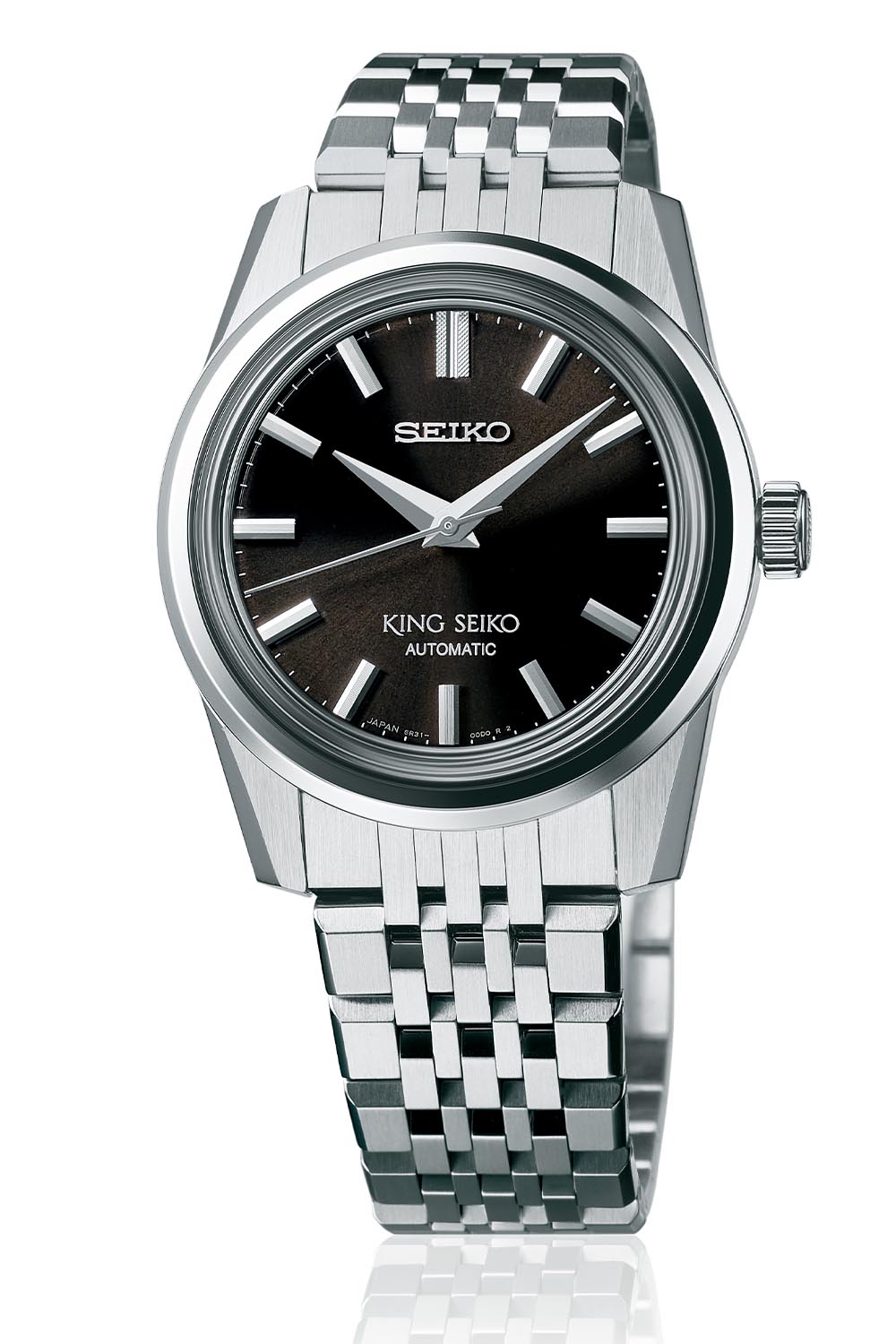
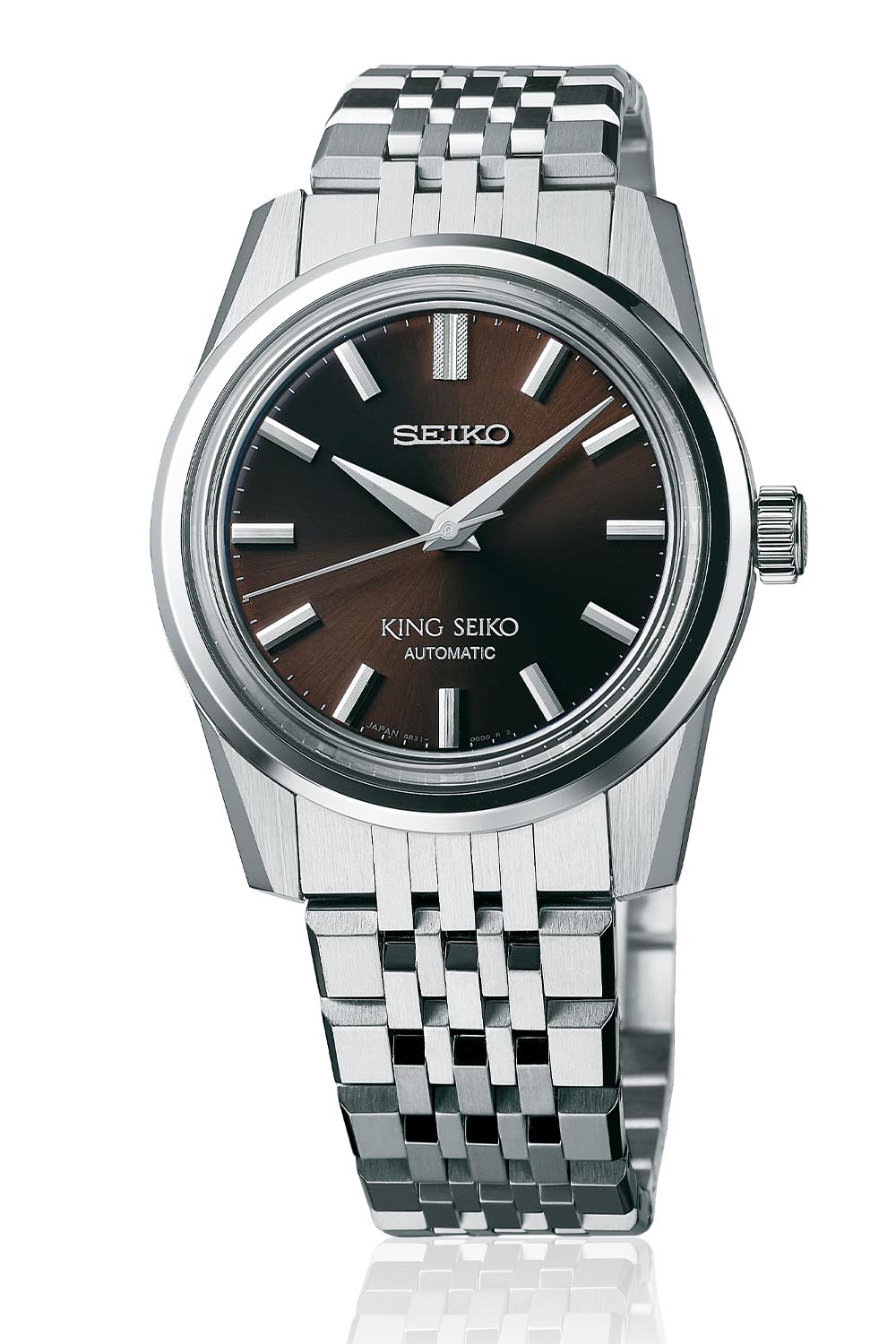
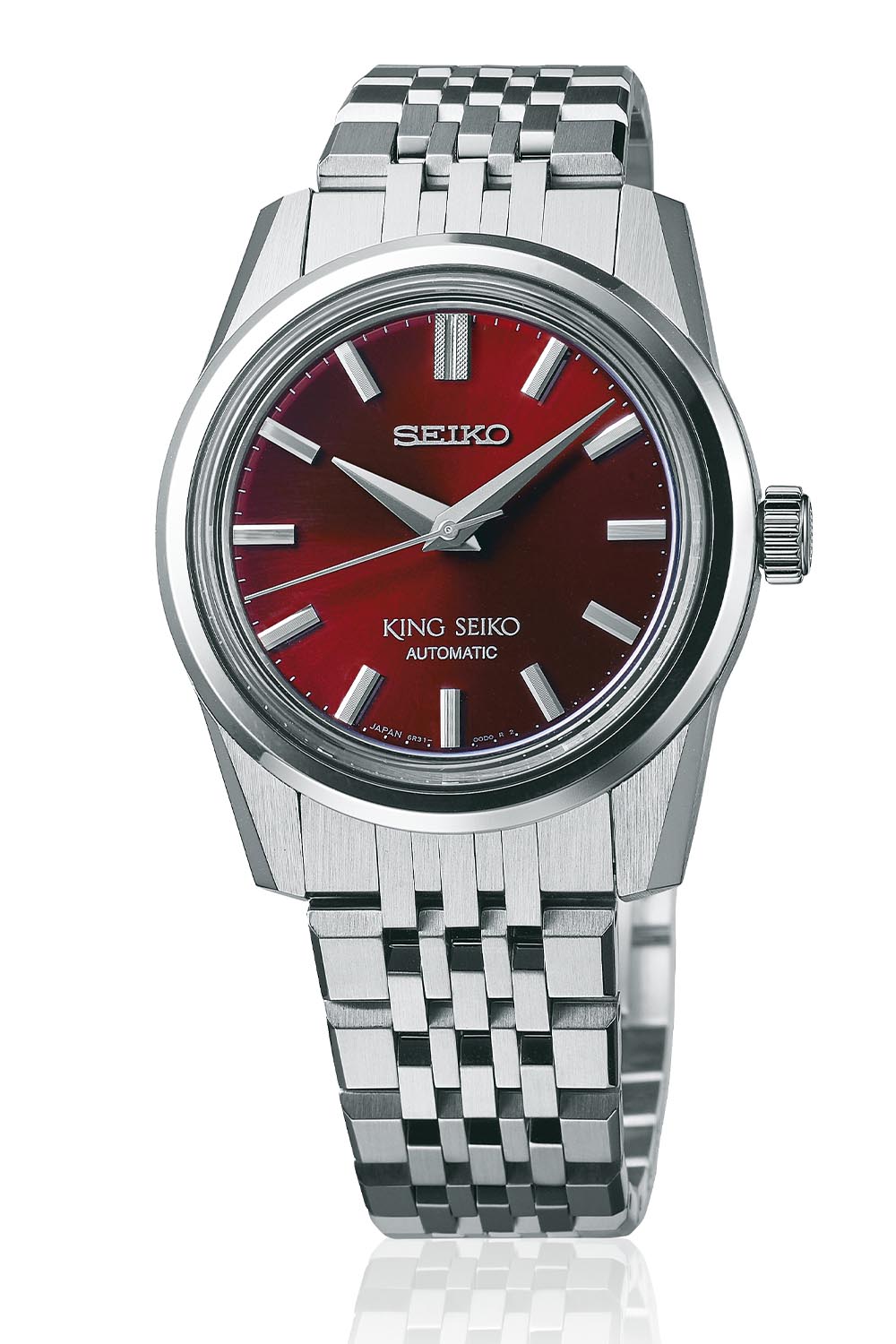
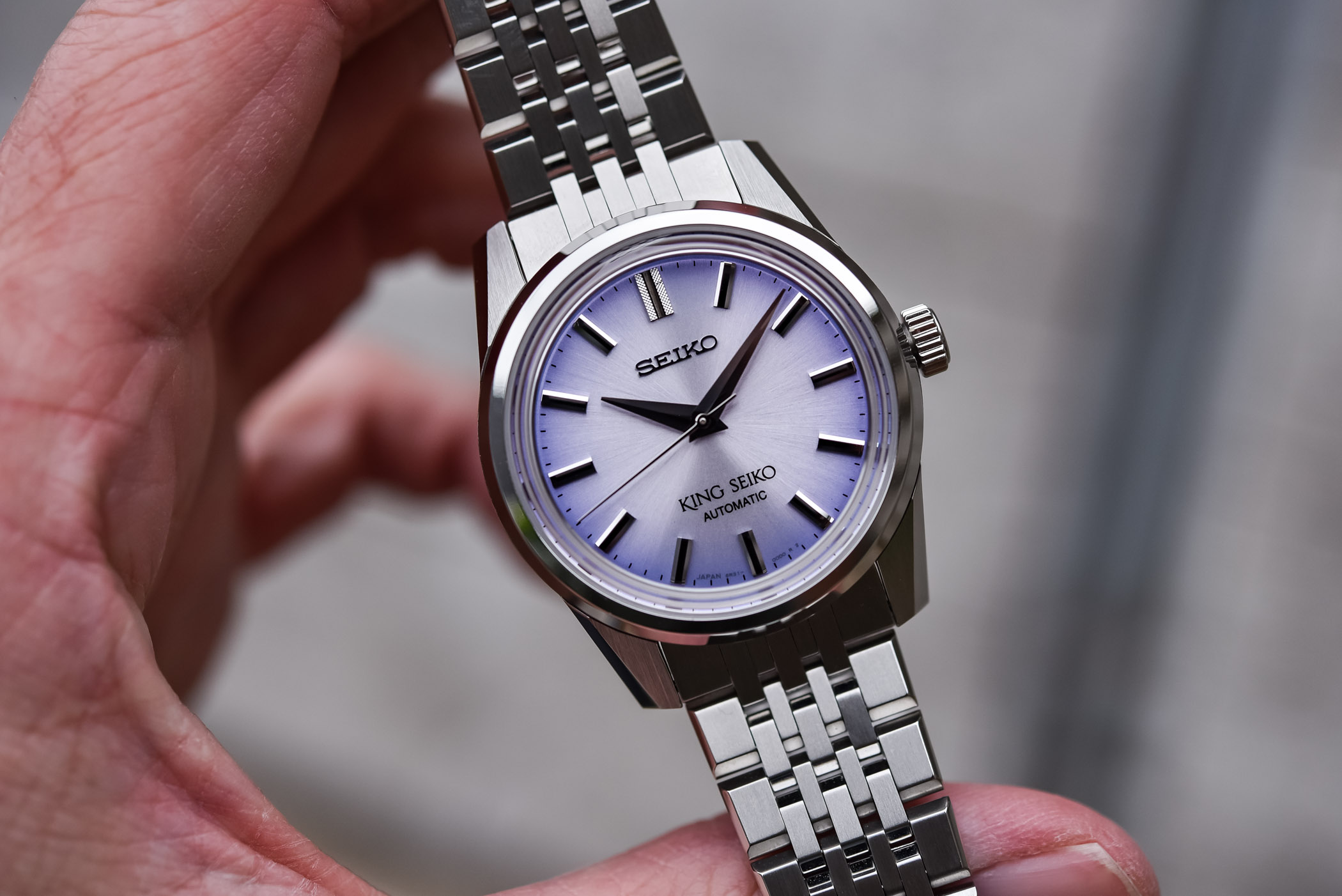

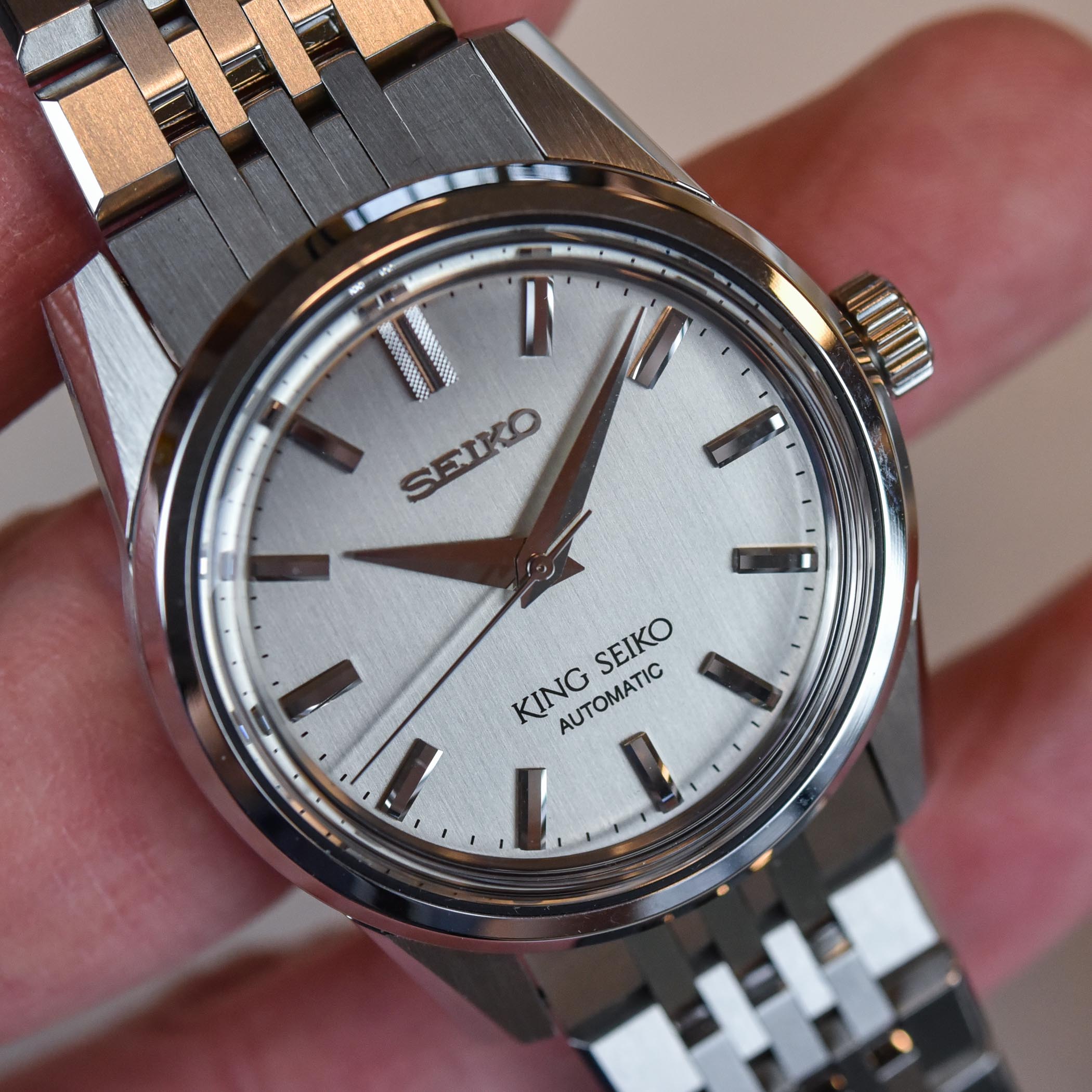
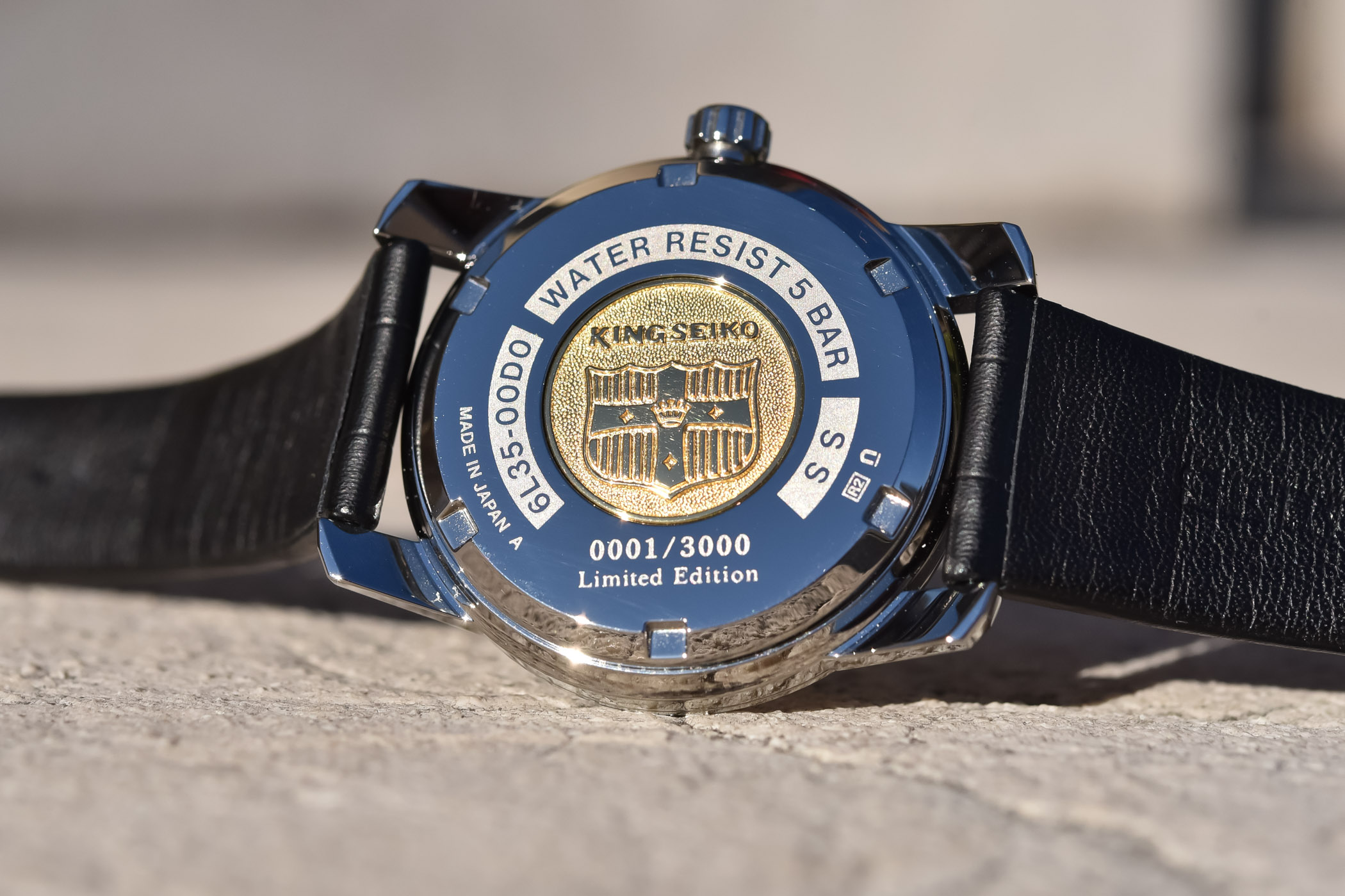
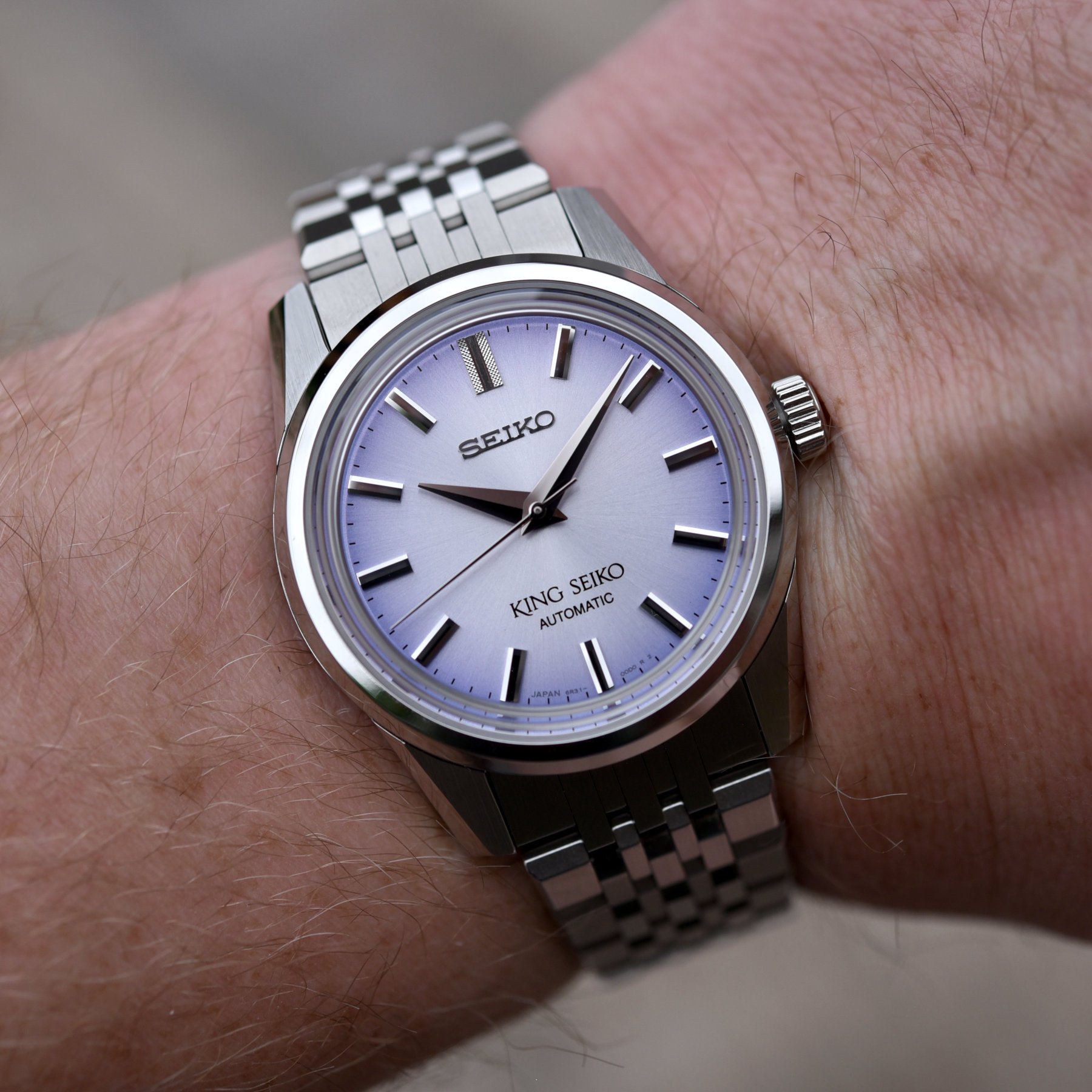
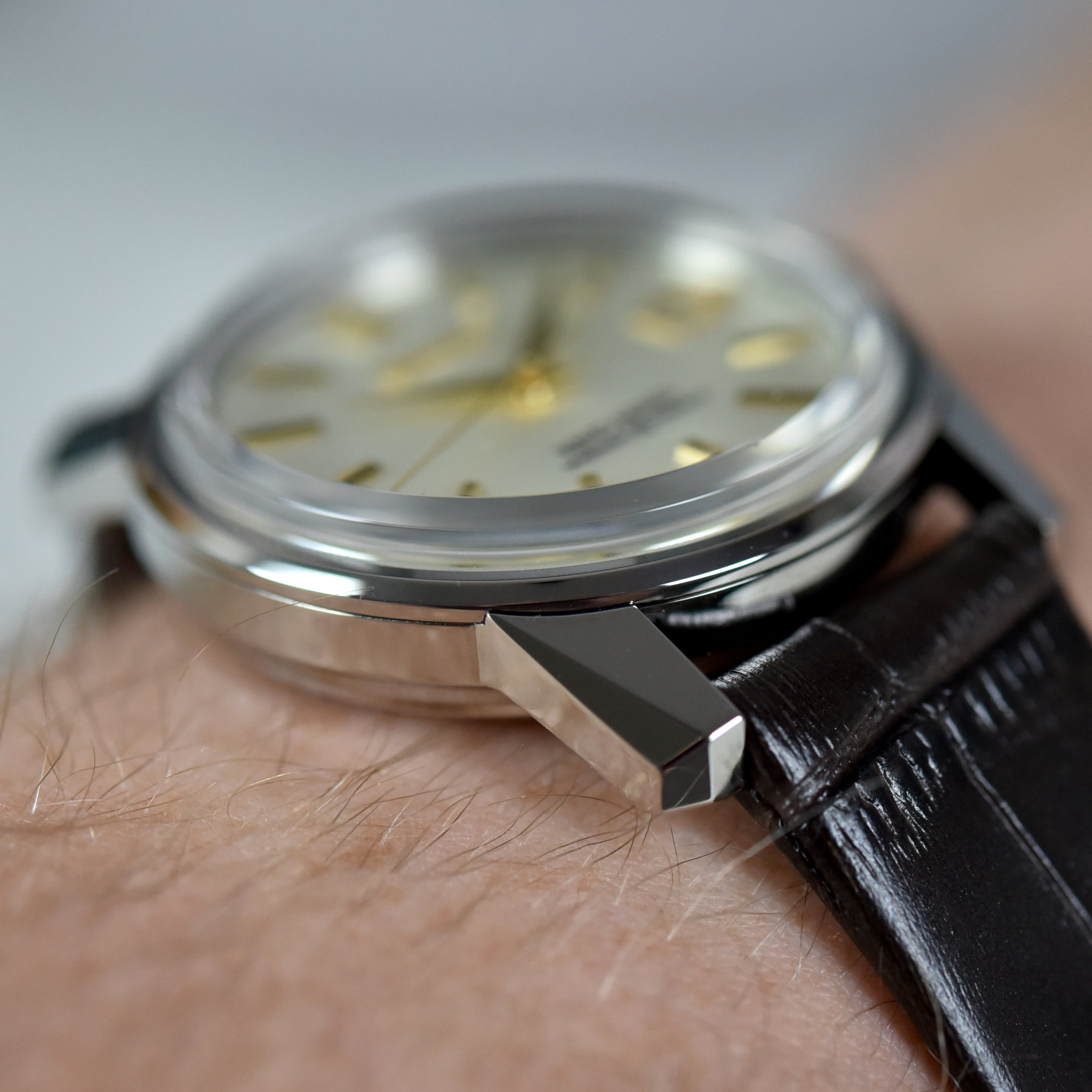
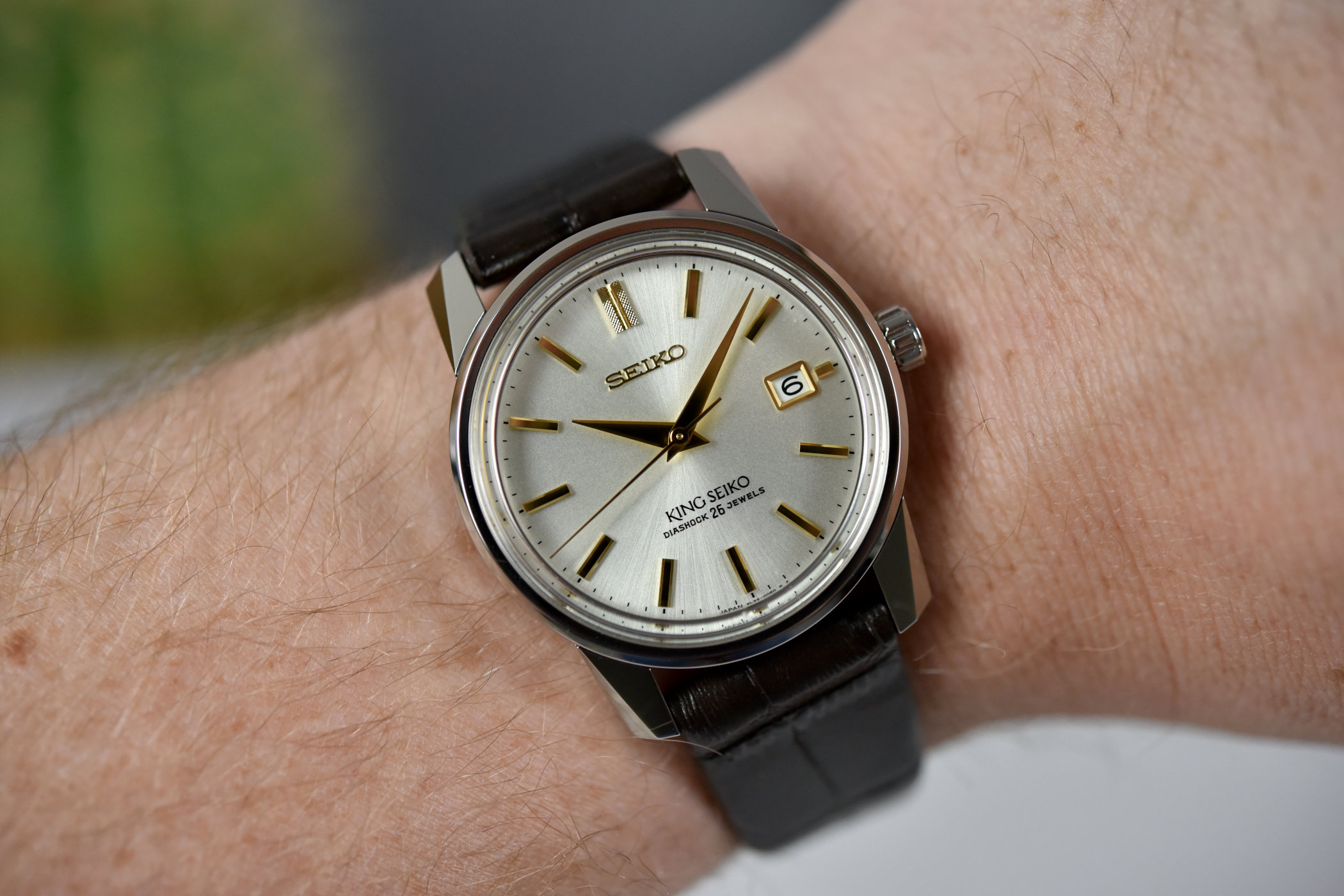



18 responses
I’m a visual guy. I think if they were going to muddy the positioning waters with a reintroduced King Seiko, they chose the wrong model/models.
I own three vintage King Seiko models, a 6521-7020, no date, a 5626-7060, day date, and a 5626-7179 day date chronometer with the faceted crystal (like the Vanac). All three have the slab serif KS applied logo and state Hi Beat on the dial, which I absolutely love. The spelled out King Seiko is weak. It might have been the first generation, but they changed to the KS for a reason. It’s better design, bold and modern, and stands proud next to the gothic styled GS used for Grand Seiko.
I also think the day date 5626-7060 was a better looking dial. I like a date or in this case, a day date function, and either brings a lot to the dial design. I have never seen a date window as an interruption to the design, it’s part of the design and creates a different balance and more interesting negative space. It’s pure ‘form follows function.’
At the end of the day I think the KS logo was stronger sub-branding and eliminated Seiko being spelled out twice, and the dial benefited immensely. Redundancy is poor design.
If they’d thought about it, maybe they should have shadowed GS and used the KS logo at 12 with King Seiko spelled out under it with the Seiko slab serif font, and Hi Beat above the 6. They missed an opportunity to just skip reintroducing a certain watch and just presenting KS as familiar name and platform with a new look. For $2k, I’d expect at least that. KS offered some models with chronometer rated movements, another option to bring back and add breadth to the line.
Good comments .. it is interesting isn’t it that we are sold a brand story to illustrate the evolution of Grand Seiko and how it triumphed over King Seiko and then at some point the focus switches to remakes of the brands that didn’t quite make the cut. Im sure we can talk about quality / price point / grammar of design etc etc but you cant help feel the GS origination story makes the KS releases a little odd … or is it just me?
I own both the limited King Seiko with the silver dial and the limited Alpinist with the black dial that came out in 2021, and I’m over the moon with both watches in general and the 6L35 movement in particular.
The reasons I’m happy with these watches are firstly the size. The 6L is flat, so it allowed them to build two watches that are no more than 11mm thick where at least one and half millimeter of that thickness comes from the dome on top. It’s rare to see a relatively thin mechanical Seiko, let alone with an automatic movement.
Secondly there is the level of finishing. As far as I’m concerned, these two watches are almost, almost as well finished as my two Grand Seiko’s. The finishing is so good that you spot the difference between the limited and non limited KS and Alpinist series from a mile away, just by observing hands and the sparkle of the indices.
Lastly, they exude a vintage vibe that is unparalleled. The date windows on these are much maligned, but I like the functional addition, and it’s not like there haven’t been King Seiko and Alpinist watches with a date, so to my mind it fits the lines.
If I want to nitpick, they should have gone for a higher spec of the 6L (COSC spec, for instance) on the limiteds and the regular 6L on the non limited KS. As it stands, the non limited KS watches are really an insult to the name with basic finishing on the hands and a crap movement. My experiences with the 6r35 this far do not warrant a 1700 Euro price tag.
So there it is: the limited editions are keepers that really float my boat in spite of the date discussion, the non limited KS collection is not worth a second glance to me. This is where the contrast with the Alpinist range starts, because I did pick up an SPB197 after selling my SARB017, and I love both of those too as worthy members of the Alpinist range.
The real deal-breaker for me is the 12.1mm height. That is significantly higher than the original and combined with the average movement, changes it from a nice revival to a cash grab.
Yes, the water resistance is higher at 100m, and yes, it has a raised crystal, and yes, Seiko case designs fit slimmer on the wrist blah blah blah. A dressy watch should not be anywhere near 12mm in thickness. My Halios Seaforth has twice the water resistance and is still slimmer.
I think u make some valid points but I believe the new kind seiko collection does alot right. While it isn’t positioned as grand seiko competitor, it is bridging the gap between presage and grand seiko. It’s also a more faithful design to older KS compared to the limited edition releases atleast from the front, and comes with new additions like the amazing bracelet which can rival many grand seiko bracelets. Furthermore, the dial, indexes, and case finishing that the KS line provides for 1700$ is absolutely amazing and rivals the limited release KS (albeit slightly different with more brushing). While theovemtn is just OK, it’s other parts (bracelet, dial, indexes, case, size) more than make up for it imo. And for someone like me who can’t comfortably afford a grand seiko but wants something close to one, the new KS line provides that, not to forget the gorgeous dial colors! The LE KS aren’t as appealing as I thing they don’t look as nice as the standard KS line and include a date.
For me the re-issues miss the boat. The 6R series of movements are definitely pedestrian and also very thick. The consequence is that the timekeeping qualities are definitely only so-so whereas the originals were top end. And as bad, the thickness of the 6R movement means that the purity of the “grammar of design” case is lost. Seiko could definitely have done better in my opinion. A new iteration of the 4L movement (which was sold to Soprod) would have been a good start….
Largely agree with the points made in the article.
Seiko could have avoided any dilution or cannibalisation by restricting the use of the KS name to high-spec limited editions and not launching a permanent collection of downmarket watches. This would have at least have better honoured the name and KS enthusiasts would perhaps be more receptive.
BTW Robin, as someone who has had hands-on experience with the pieces, what accounts for the big gulf in price between the limited and non-limited apart from the movement? Is it a lower level of finishing in the permanent collection, maybe a lack of zaratsu polishing?
I own 2 grand seiko watches since the beginning of 2000 during a short business trip in Japan. I never thought to pay more than -back then- EUR 3,000 equivalent for a watch that has the name Seiko on the dial but it was somewhat fun and understated.
So for me, Grand seiko also started with relative affordable watches when they were introduced and over the years they have moved up on the pricing ladder.
King Seiko is like Tudor. It’s a well proven strategy to be connected to a high end brother.
You start with lower priced models but over the years they will improve the movements and it’s accuracy. Within a few years, King Seiko will be at the price point of Grand Seiko of several years ago, producing mechanical watches of between 3 to 5k.
The big problem for Seiko I see is people like me have quite a few and are used to paying much less for them , about 5 years ago I got a new one for £30, my last one was £99 a few months ago and we get the same quoted accuracy on the latest ones which is in my few a cost cutting tactic as it takes time to regulate a watch increasing cost. This is fine at that price point, totally unacceptable at the current prices they charge. Why are they still fitting hardlex which is rubbish compared to Sapphire and could be easily absorbed into the inflated new price structure. There is no way I would pay thousands of pounds for a Seiko when you look at the alternatives available they would be better off rebranding the more expensive offerings to win over new customers like Toyota did with Lexus.
I like Seiko and the style of watches it has in its catalogue. We have talked a lot about Seiko on our watch blog https://igormo.com/ but lately I think Seiko is losing its way. Too many news, very similar and very often. To the point that we have decided not to talk about Seiko for the time being. Currently I do not understand this brand.
With this new model, once again, rescuing old past glories, it shows that its desire is to sell and not customers.
I like Seiko and the style of watches it has in its catalogue. We have talked a lot about Seiko on our watch blog IGORMO but lately I think Seiko is losing its way. Too many news, very similar and very often. To the point that we have decided not to talk about Seiko for the time being. Currently I do not understand this brand.
With this new model, once again, rescuing old past glories, it shows that its desire is to sell and not customers.
Remove the date, make it smaller (36mm) and make it thinner.
I have an older King Seiko that I paid $400 for and it satisfied my desire to own one. Like me at 76 years old and it about 50 years old, it needs a little help to get its heart started (a tap on the side an me a cup of double caffeine Starbucks.) The new King is a sad ploy to sell a lot of “cheap” watches at an inflated price to fill the investors pockets. Even the Grand Seikos are playing a game to sucker in buyers by producing a new dial finish on a regular basis and touting it as something special, justifying an inflated price. Pretty and well made yes but not much to entice me to let go of my dollars.
Can someone explain the differences between the 6R31 Seiko movements vs. Seiko automatic movements used in Credors, & Grand Seikos? If the 6R31 is a mid level used in lower valued watches such as Alpinist, Premier, why then would I spend more for the King Seiko when it’s movement is basically mid tier?
they could have instead re-introduced king seiko by releasing a very limited faithful to the original batch with a chronometer grade 8L. Charge how much they want and people will still buy it because cmon it’s seiko. their fans complain but still buy their watches whenever they drop new ones. I think it’s better to have people complaining about the price than messing with the KSK’s heritage by using a 6R movement in it.
I have an Alpinist SEJ085J recreation which is a nicely finished and reasonably accurate watch, although not worth the list price I bought mine with a considerable discount, I think the King Seiko would have been better value and slimmer had they bothered to make a 6L31 movement which would be a notch above the 6R but not Grand Seiko. I am pleased to see there is no date and hope to see more date free models in the Seiko range.
I own a King Seiko Hi-Beat 5626-7030 Superior Chronometer. The thing I like most about late 60s KS line is that they offered standard versions, certified chronometers, and superior certified chronometers. I think that the accuracy was a key point in the legacy of the King Seiko line. I also agree that the KS logo is much cooler than the current choice. To ignore both parts of the legacy leaves me indifferent to the relaunch.
So many things not right with the King Seiko. Unacceptably low level movement for the price. Seiko twice on the dial is just stupid. The ones with a 6L55 movement are hardly any cheaper than the lower end pure mechanical Grand Seikos which have far better movements and finishing. Big no thanks.